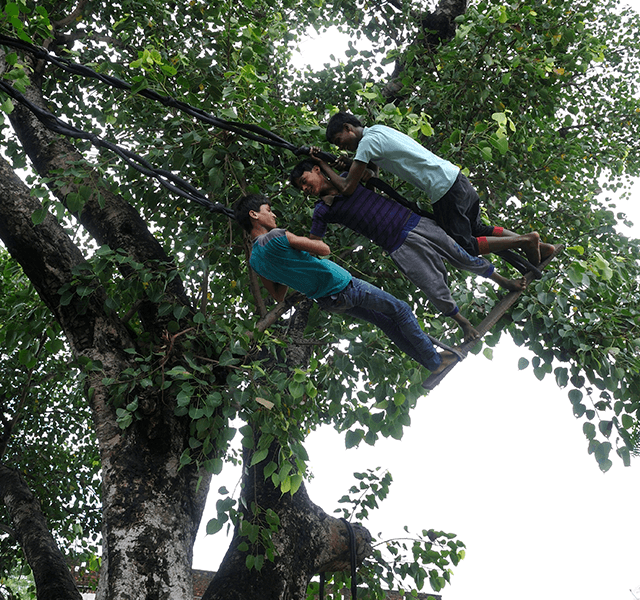

The Uttar Pradesh Health Department, Government of Uttar Pradesh, launched Navjat Shishu Suraksha Karyakram (NSSK) to reduce neonatal mortality from birth asphyxia by training Staff Nurses and ANMs. The evaluation revealed gaps like inconsistent knowledge transfer and limited practical exposure. The program was revised to integrate adult learning principles, hands-on training, and better facilitator-to-participant ratios, ensuring uniform skill acquisition and improved newborn care.
Read MoreLaunched in 2008, the Government of Uttar Pradesh’s SBA training aimed to enhance maternal and neonatal care by training nurses and ANMs in delivery management. However, challenges like slow rollout and inconsistent quality persisted, which led to the conceptualisation of the Cluster Model, which improved training speed and quality through decentralised sites, local trainers, and mini-skill labs.
Read MoreGovernment of Uttar Pradesh developed the Unified Disease Surveillance Platform (UDSP) to strengthen public health management. Initially driven by the Covid-19 pandemic, the system to track over 12 notifiable diseases. Integrating data from public and private facilities, UDSP enables real-time monitoring, rapid outbreak detection, and seamless linkage with national platforms like the Integrated Disease Surveillance Program (IDSP) and the Integrated Health Information Program (IHIP) for better disease surveillance and response.
Read MoreUttar Pradesh Medical Supplies Corporation (UPMSC) was established to reform Uttar Pradesh’s public health drug supply chain, shifting to a centralised model for quality drug availability. The key pillars include strategic warehousing, centralized procurement, a passbook system, and strict quality control. With real-time technology and efficient governance, UPMSC has improved drug availability, reduced costs, and strengthened healthcare reliability state-wide.
Read MoreThe Uttar Pradesh Health Department, Government of Uttar Pradesh, launched the Regional Resource Training Center (RRTC) initiative to tackle maternal and neonatal complications. Designed to enhance doctors’ skills at First Referral Units (FRUs), the program focuses on Comprehensive Emergency Obstetric and Newborn Care (CEmONC), strengthening the state’s healthcare system and improving emergency care for mothers and newborns.
Read More